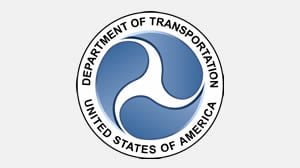RSS feed source: Federal Emergency Management Agency
Mobile Disaster Recovery Centers are now open in Davidson, Dyer and Wilson counties to assist Tennesseans who experienced damage or loss from the April 2-24 severe storms, straight-line winds, tornadoes and flooding.
The following recovery centers will temporarily close on Friday, July 4 in observance of Independence Day.
Davidson County: Nashville Looby Public Library, 2301 Rosa L. Parks Blvd., Nashville, TN 37228
Hours: 8 a.m.–6 p.m. CT Tuesday-Saturday; open until Saturday, July 5Dyer County: Bogota Community Center, 78 Sandy Lane, Bogota, TN 38007
Hours: 8 a.m.–6 p.m. CT Tuesday-Sunday; open until Sunday, July 6Wilson County: Wilson County Fair Grounds, 945 E. Baddour Pkwy., Lebanon, TN 37087
Hours: 8 a.m.–6 p.m. CT Tuesday-Sunday; open until Sunday, July 6
When any of the above recovery centers move to a new location or a new recovery center opens, details will be provided to the public. To find a center near you, visit fema.gov/drc.
Homeowners and renters in Cheatham, Davidson, Dickson, Dyer, Hardeman, McNairy, Montgomery, Obion and Wilson counties can apply for FEMA assistance at a recovery center. FEMA representatives will help with applications for federal assistance and provide information about other disaster recovery resources.
FEMA financial assistance may include money for basic home repairs or other uninsured, disaster-related needs, such as childcare, vehicle, medical needs, funeral expenses or the replacement of personal property.
In addition to FEMA personnel, representatives from the U.S. Small Business Administration and state agencies will be available to
Click this link to continue reading the article on the source website.

